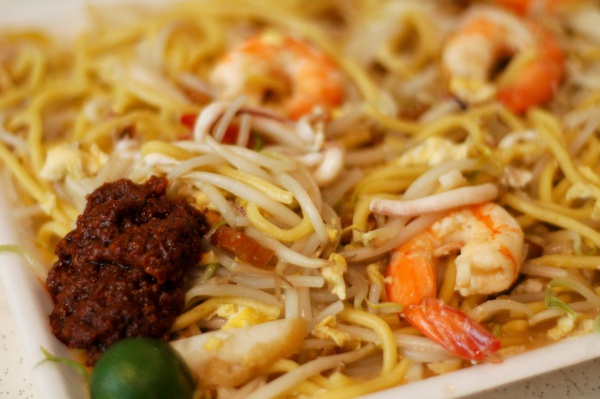Facts About Hokkien mee
Hokkien mee is a cherished dish across Southeast Asia, making notable appearances in Indonesian, Malaysian, Singaporean, and Thai cuisines. Its origins can be traced to China's Fujian province. There are three prominent variants of Hokkien mee: Singaporean, Penang, and Kuala Lumpur, each presenting a unique twist on the classic recipe.
In Singapore, Hokkien mee is a stir-fried delight, combining egg noodles and rice noodles with ingredients such as egg, pork, prawns, and squid. It is typically garnished with vegetables, crispy lard bits, sambal sauce, and a squeeze of lime for an added zing.
Penang's rendition of Hokkien mee is quite different. Here, it takes the form of a noodle soup with a rich and spicy prawn broth. The soup includes rice vermicelli and yellow egg noodles, enriched with prawn heads, shells, pork ribs, sliced prawns, pork slices, hard-boiled eggs, and a variety of toppings.
Meanwhile, in Kuala Lumpur, you'll encounter Hokkien char mee. This variant uses thick yellow noodles braised in a dark soy sauce, combined with pork, squid, fish cake, and cabbage. It is often crowned with crispy cubes of pork fat, adding a satisfying crunch.
Each variant of Hokkien mee stands as a testament to the region's diverse culinary influences, offering distinct ingredients and preparation methods tailored to local palates. Whether you prefer it stir-fried, in a soup, or braised, Hokkien mee provides a delicious glimpse into Southeast Asia's rich food culture.

 Malaysia
Malaysia